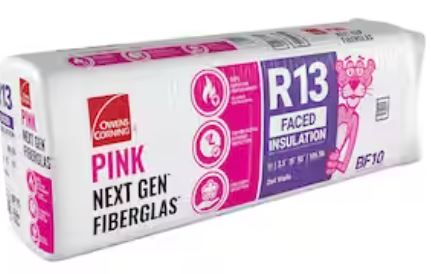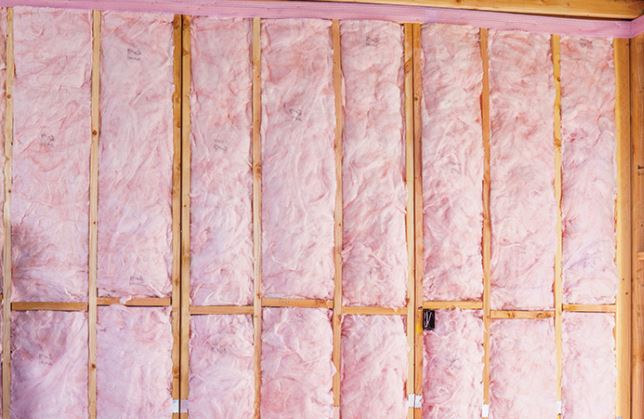When it comes to insulating our homes and buildings, fiberglass has been a popular choice for many decades. Its ease of installation has made it a go-to material for insulation projects. However, beneath its widespread use lies a less discussed issue: the potential dangers associated with fiberglass insulation. In this post, we will shed light on the risks of fiberglass insulation and the importance of taking necessary precautions when handling or living around it.
These risks and the lack of effectiveness of fiberglass batts are why Colt Home Services uses cellulose as our primary insulation material. Although, fiberglass is generally safe if handled correctly. Our energy auditors and installers handle fiberglass every day and take the necessary precautions to ensure safety.

Understanding Fiberglass Insulation
Fiberglass insulation is a type of thermal insulating material made from fine glass fibers. These fibers are spun from molten glass and formed into batts, blankets, or loose-fill insulation, which is then installed within walls, ceilings, and attics to provide a barrier against heat transfer. The problem is that when handled fiberglass insulation creates fiberglass dust which can be inhaled or imbedded in skin.
The Dangers of Fiberglass Insulation
Skin Irritation and Respiratory Issues
One of the primary dangers associated with fiberglass insulation is its potential to cause skin irritation and respiratory problems. The tiny glass fibers, if released into the air during installation or when disturbed, can easily be inhaled or come into contact with the skin. Prolonged exposure to these airborne particles can lead to itching, redness, and irritation of the skin.
If you do get fiberglass imbedded in your skin, wash with soap and warm water as soon as possible.
Inhalation of fiberglass particles may cause respiratory issues such as coughing, wheezing, and shortness of breath, particularly for individuals with pre-existing respiratory conditions like asthma. The California Office of Environmental and Health Hazard Assessment even labeled certain types of fiberglass insulation as cancer causing. These types of fiberglass bats are generally not used anymore and the types of fiberglass used today are not known to cause cancer.
Eye Irritation
Another concern is the risk of eye irritation when fiberglass particles come into contact with the eyes. Direct exposure can lead to redness, tearing, and discomfort. It is essential to wear protective eyewear when working with fiberglass insulation to minimize this risk.
Precautions and Safety Measures
To ensure safe handling and installation of fiberglass insulation, follow these precautions:
- Wear Protective Gear: When working with fiberglass insulation, wear protective clothing, gloves, a dust mask, and safety goggles to minimize direct contact with the fibers and prevent inhalation.
- Ventilate the Area: Adequate ventilation during installation helps to reduce the concentration of airborne particles and minimize exposure risks.
- Seal Off the Work Area: Isolate the work area from the rest of the living space to prevent fiberglass particles from spreading to other areas.
- Use Professional Installation: If you are not experienced in working with insulation materials, consider hiring a professional insulation installer who has the necessary knowledge and equipment to handle the material safely.
Fiberglass insulation has been a staple in the construction industry for its thermal insulating properties. However, it is essential to recognize the potential dangers associated with its improper handling or exposure. By understanding the risks and taking appropriate safety measures, homeowners and workers can mitigate the health hazards linked to fiberglass insulation. Whether you are a DIY enthusiast or hiring professionals, prioritizing safety ensures that the benefits of insulation outweigh the potential dangers, making your living space comfortable and safe for years to come.





